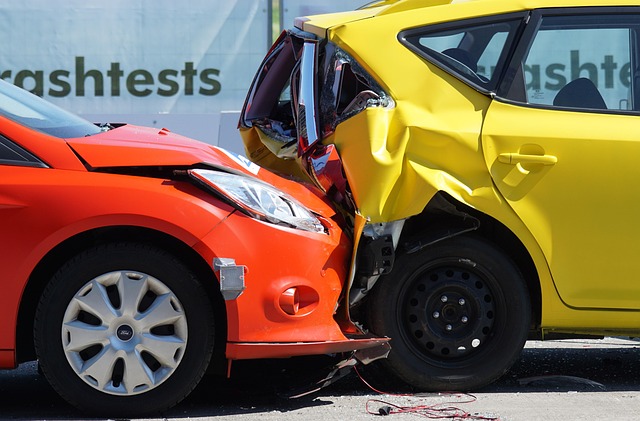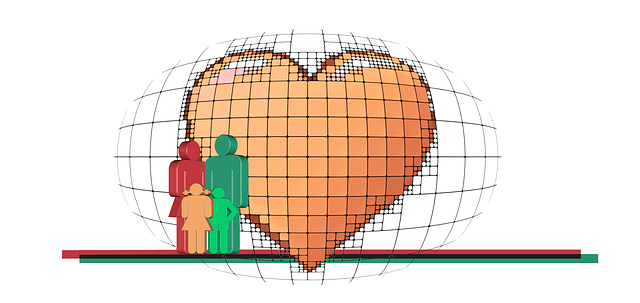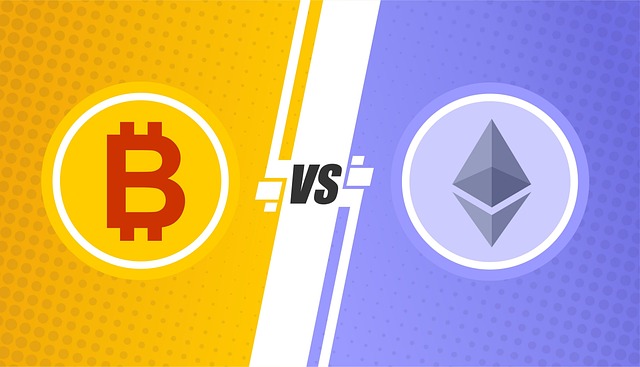Collision and comprehensive auto insurance protect against different risks. Collision covers crash-related repairs, while comprehensive insures against broader events like theft, vandalism, natural disasters, and animal damage. Comprehensive offers peace of mind but costs more, ideal for high-risk vehicles or concerns beyond accidents. Collision may be sufficient for less valuable cars in low-risk areas. Understanding coverage, deductibles, and factors affecting premiums helps tailor protection to unique needs.
Collision and comprehensive insurance plans are essential components of any driver’s safety net, offering protection against unexpected vehicle damage. While collision coverage is tailored for accidents involving another vehicle or stationary object, comprehensive insurance provides broader shield against various risks like theft, vandalism, and natural disasters. This article guides you through these policies’ nuances, deducibles, benefits, and claims processes, helping you make an informed choice between collision vs. comprehensive auto insurance to best suit your needs.
Understanding Collision Insurance Coverage

Collision insurance is designed to cover repairs or replacements for your vehicle if it’s damaged in a crash with another object, such as another vehicle, a tree, or a fence post. It typically pays out based on the actual cash value of your car, meaning it will reimburse you for the remaining value after depreciation. This type of coverage is often required by lenders if you have an auto loan.
In contrast, comprehensive insurance provides broader protection against various non-collision events like theft, vandalism, natural disasters (like floods or storms), and animal strikes. It also covers damage to your vehicle’s glass and other parts not typically covered by collision insurance. While comprehensive insurance is optional, it can offer peace of mind and help protect you from significant financial burdens in case of an unexpected event.
What Comprehensive Insurance Protects Against

Comprehensive insurance offers protection against a wide range of events beyond what collision coverage provides. Unlike collision insurance, which primarily covers damages resulting from accidents involving other vehicles or stationary objects, comprehensive insurance includes a broader spectrum of perils. These can include damage caused by natural disasters such as floods, hurricanes, and earthquakes, as well as theft, vandalism, animal encounters, and falling objects.
This type of auto insurance also typically covers specific types of medical expenses for you and your passengers, regardless of fault. It provides peace of mind knowing that unexpected events won’t leave you burdened with costly repairs or medical bills. When considering collision vs. comprehensive auto insurance, comprehensive offers a more holistic approach to protection, ensuring you’re prepared for a wider array of potential incidents.
Comparing Policy Deductibles and Benefits

When comparing collision vs. comprehensive auto insurance, understanding deductibles and benefits is key. Collision coverage pays for repairs to your vehicle when it’s damaged in a crash with another object or vehicle. The policyholder typically pays a deductible out of pocket before the insurer covers the rest. Comprehensive insurance, on the other hand, protects against a wider range of events like theft, vandalism, natural disasters, and animal-related incidents. Like collision coverage, comprehensive also requires a deductible, but it offers peace of mind knowing your vehicle is covered for unexpected events.
Evaluating policies side-by-side reveals differences in deductibles and benefits. Collision deductibles often range from $500 to $1,000, while comprehensive deductibles can vary between $100 and $1,000. Comprehensive insurance usually covers more diverse incidents, making it a smart choice if your vehicle is prone to being stolen or damaged by non-crash events. Collision coverage may be more suitable for those with older vehicles worth less than the deductible amount, as filing claims could increase premiums.
Scenario: When to Choose Collision Over Comprehensive

When deciding between collision and comprehensive auto insurance, understanding when to choose one over the other is crucial for making an informed decision. While both coverages protect against financial loss, they have distinct differences in what they insure. Collision insurance is designed to cover repairs or replacements due to accidents, regardless of fault. It’s a good choice if you’re prone to frequent fender benders or drive in areas with high accident rates.
On the other hand, comprehensive insurance kicks in for damages beyond accidents, including theft, vandalism, natural disasters, and animal-related incidents. This type of coverage is ideal for those who park their vehicles unsupervised or live in areas where such risks are prevalent. Comprehensive insurance provides a broader safety net, but collision insurance may be more cost-effective if you’re primarily concerned with accident-related repairs.
Exploring Additional Riders for Specialized Needs

When considering auto insurance, it’s essential to understand the distinction between collision and comprehensive coverage. While collision insurance pays for repairs resulting from accidents involving another vehicle or stationary object, comprehensive insurance covers a wider range of damages, including those caused by natural disasters, theft, and vandalism.
For specialized needs beyond the basic policies, exploring additional riders can offer tailored protection. These riders allow policyholders to customize their coverage, addressing specific concerns like rental car expenses during repairs, roadside assistance, or even specific high-risk scenarios like frequent towing or driving in areas prone to severe weather. Understanding these options ensures you have the right coverage for your unique situation, providing peace of mind on the road.
Factors Affecting Comprehensive and Collision Premiums

When comparing collision vs. comprehensive auto insurance, understanding how premiums are determined is key. Several factors significantly affect these rates. For both collision and comprehensive coverage, your vehicle’s make and model play a crucial role; newer, high-tech cars often come with higher premiums due to repair costs. Driving history matters too; a clean record indicates lower risk, while accidents or moving violations can raise rates substantially.
Geographic location influences premiums as well, with urban areas generally having higher rates due to increased traffic and potential for more frequent claims. Your chosen deductibles also impact your premium, with higher deductibles leading to lower monthly costs. Additionally, comprehensive insurance often covers incidents beyond collisions, such as theft or natural disasters, whereas collision coverage primarily focuses on accidents involving another vehicle or object.
Claims Process: A Step-by-Step Guide for Both Policies

Claims Process: Navigating the Steps for Collision and Comprehensive Insurance
When it comes to filing a claim, both collision and comprehensive auto insurance policies offer a structured process to ensure smooth handling. Here’s a step-by-step guide for each:
1. Initiate Contact: Reach out to your insurance provider as soon as possible after the incident. They will provide you with a claims number to reference throughout the process.
2. Gather Evidence: Collect and document all relevant information, including photos of the damage, contact details of witnesses, and any medical records if injuries occurred. For comprehensive claims, ensure you have proof of ownership and any recent repairs or maintenance.
3. Report the Claim: Fill out a claim form, either online or over the phone, providing detailed information about the incident, damages, and circumstances. Collaboration with your agent can help streamline this process.
4. Inspection and Appraisal: An adjuster will inspect the vehicle to assess the damage. In some cases, a comprehensive appraisal may be required for more significant claims. Be prepared to allow access to your vehicle for these inspections.
5. Receive an Offer: After the inspection, you’ll receive an offer from your insurer based on the assessment. Review it carefully, and don’t hesitate to ask questions or request clarifications if needed.
6. Acceptance and Repair: Once satisfied with the offer, accept the settlement, and arrange for repairs through a trusted mechanic. For collision claims, ensure the repair shop is approved by your insurer. Comprehensive claims usually involve direct payment to you or the service provider.
